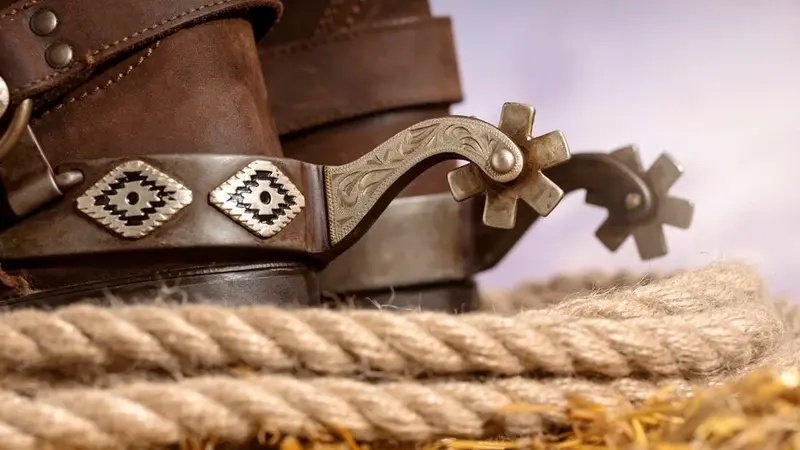Buckles, often overlooked, have been an essential part of human attire for centuries. These small yet significant items have bridged the gap between functionality and fashion, serving as fasteners, decorative elements, and symbols of status. From securing armor in battle to adorning modern-day accessories, buckles have a rich history worth exploring.
Early Buckles
The Dawn of Buckles: Ancient Civilizations
The earliest known buckles date back to ancient civilizations such as the Romans and the Chinese. In Rome, buckles were primarily functional, used to fasten belts and harnesses. Roman soldiers wore them to secure their armor and tunics, and their designs were often simple and robust, made from bronze or iron. Meanwhile, in ancient China, buckles were both functional and decorative, often intricately designed and crafted from precious metals and stones.
Medieval Period: Symbolism and Status
During the Medieval period, buckles evolved beyond mere utility. They became symbols of status and wealth. Nobility and royalty adorned their garments with elaborate buckles made from gold, and silver, and encrusted with gemstones. These buckles were not just for fastening; they were statements of power and prestige. The craftsmanship during this time was unparalleled, with detailed engravings and artistic motifs.
Buckles in Fashion
Renaissance to the 18th Century
The Renaissance period saw buckles becoming more integrated into fashion. They appeared on shoes, hats, and belts, often reflecting the wearer’s social standing. By the 17th and 18th centuries, buckles had become a staple in European fashion, particularly in France and England. Shoe buckles, in particular, became highly ornate and were often larger than necessary, showcasing elaborate designs and precious materials.
19th to Early 20th Century
As fashion trends evolved, so did the designs and uses of buckles. The Victorian era saw the rise of the corset, which heavily relied on buckles for structure and form. Meanwhile, in the early 20th century, buckles found their way into military uniforms, with each design serving a specific purpose, from securing gear to denoting rank.
The Industrial Revolution and Mass Production
The Industrial Revolution brought about significant changes in the production of buckles. Mass production techniques made buckles more accessible and affordable. This shift allowed for greater variety in designs and materials. Leather, plastic, and new metal alloys became common, and buckles were produced on a scale never seen before. This period also saw the rise of functional yet stylish buckles used in everyday clothing, accessories, and footwear.
Notable Buckle Designs and Their Stories
The Cowboy Belt Buckle
One of the most iconic buckle designs is the cowboy belt buckle. Originating in the American West, these buckles were not just practical but also served as trophies for rodeo winners. They often featured intricate engravings, symbolism, and personalizations, becoming cherished heirlooms passed down through generations.
The Seatbelt Buckle
Another notable design is the seatbelt buckle, introduced in the mid-20th century. This buckle design revolutionized safety in automobiles, saving countless lives. Its development and evolution reflect the growing emphasis on safety standards in transportation.
Buckles in the Modern Era
Contemporary Fashion
Today, buckles continue to play a significant role in fashion, including the work of custom belt buckle makers. They appear in various forms, from minimalist designs in modern streetwear to elaborate pieces in haute couture collections. Innovations in materials and technology have led to the creation of smart buckles, incorporating features like GPS tracking and health monitoring.
Future Trends and Technologies
Looking ahead, the future of buckles seems promising, with potential integrations of advanced materials and smart technologies. Imagine buckles that can change color based on your outfit or those that can track your fitness levels. The possibilities are endless, and as technology advances, so too will the humble buckle.
Conclusion
From ancient civilizations to the modern era, buckles have evolved in design, function, and significance. They have adorned the garments of soldiers, nobility, and fashion enthusiasts alike. As we look to the future, buckles will undoubtedly continue to evolve, blending tradition with innovation.
